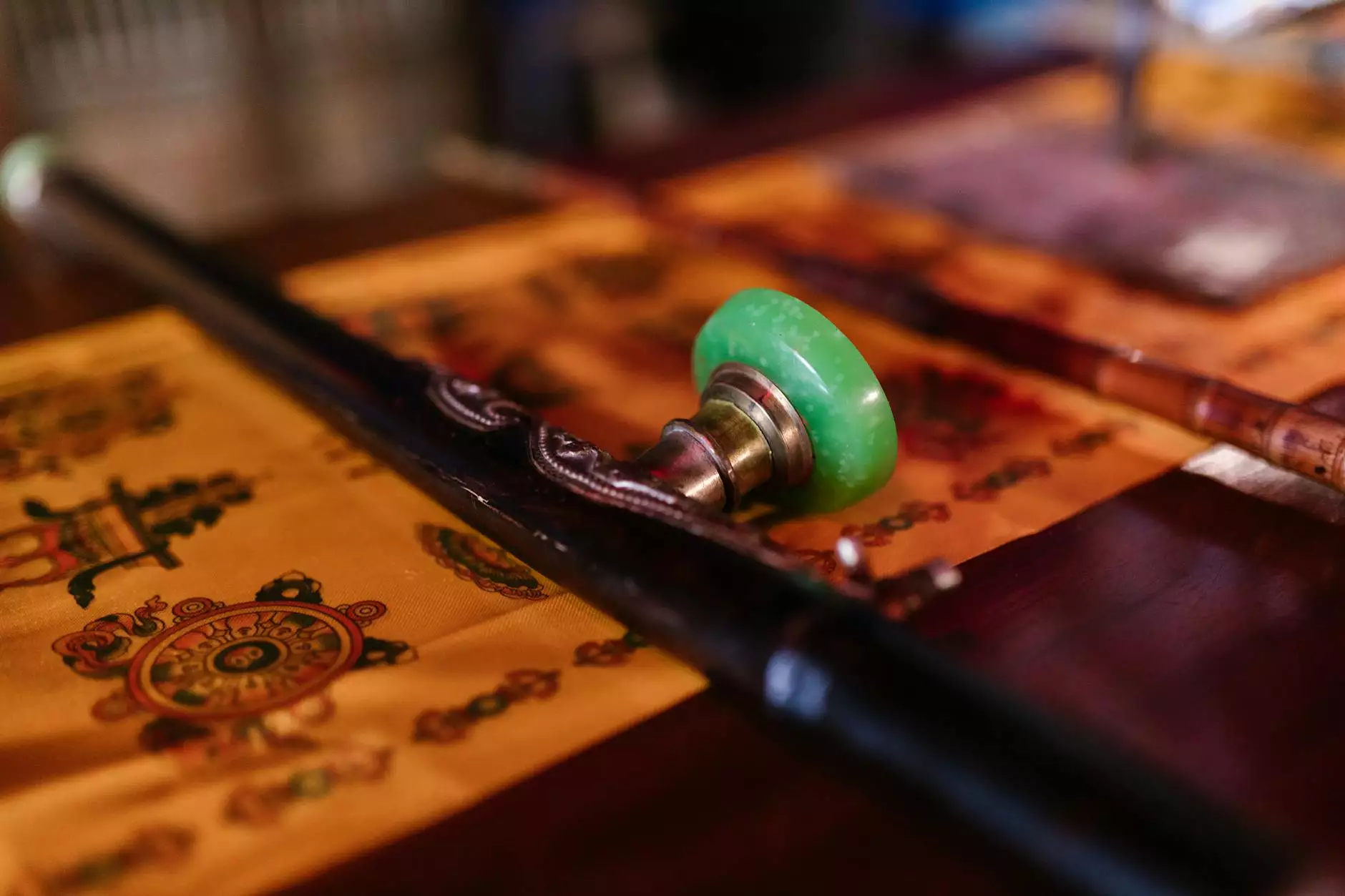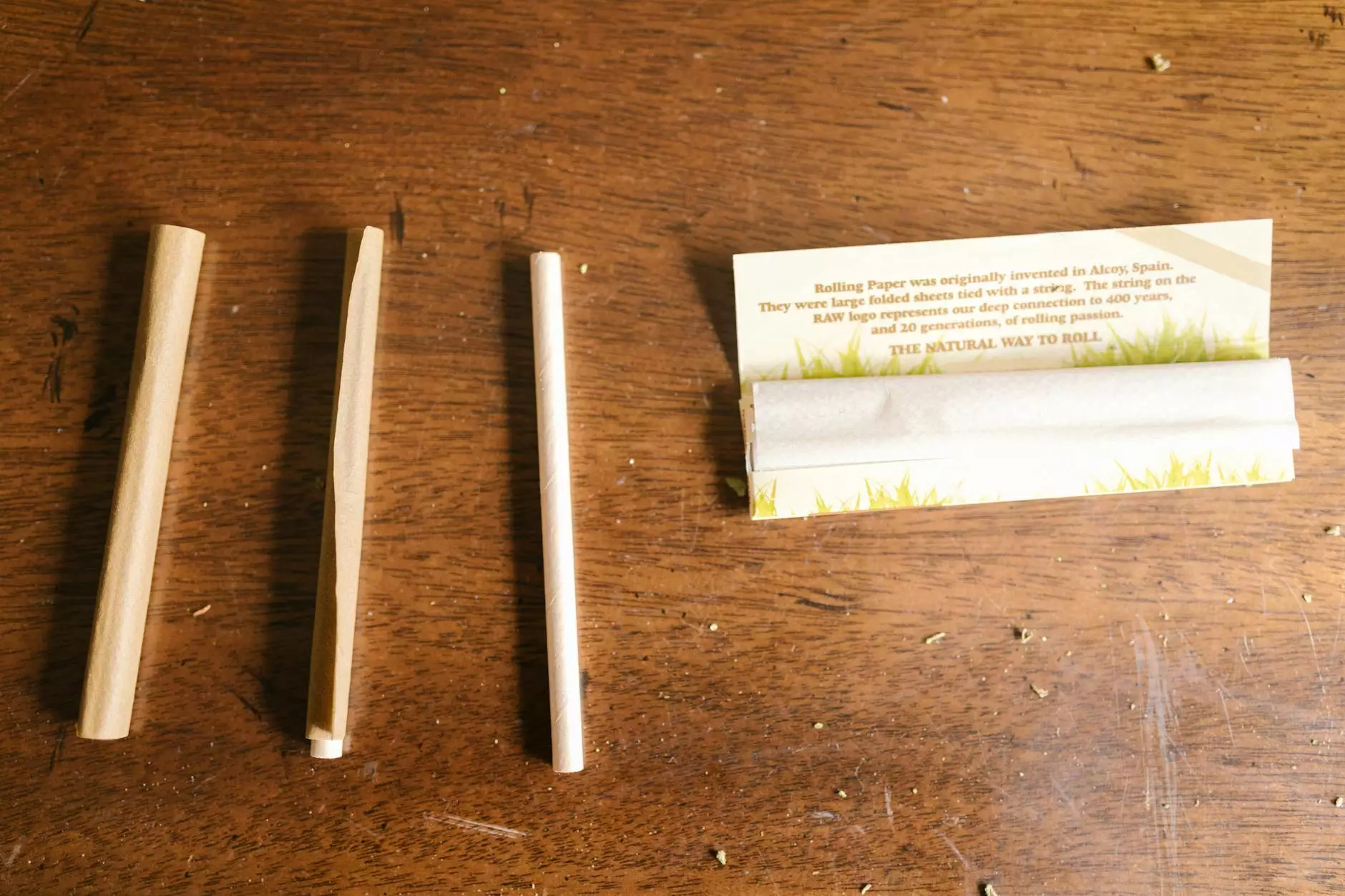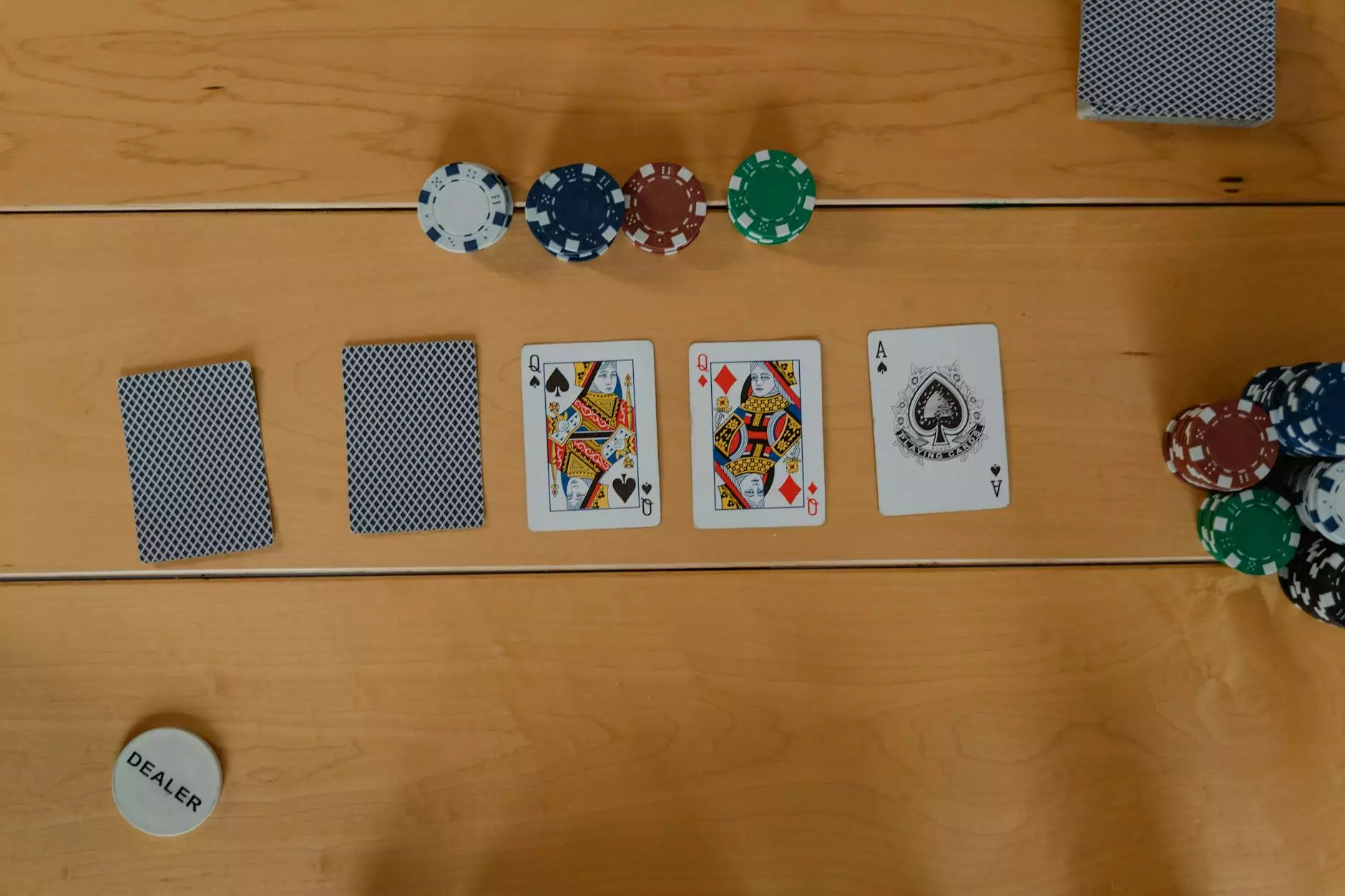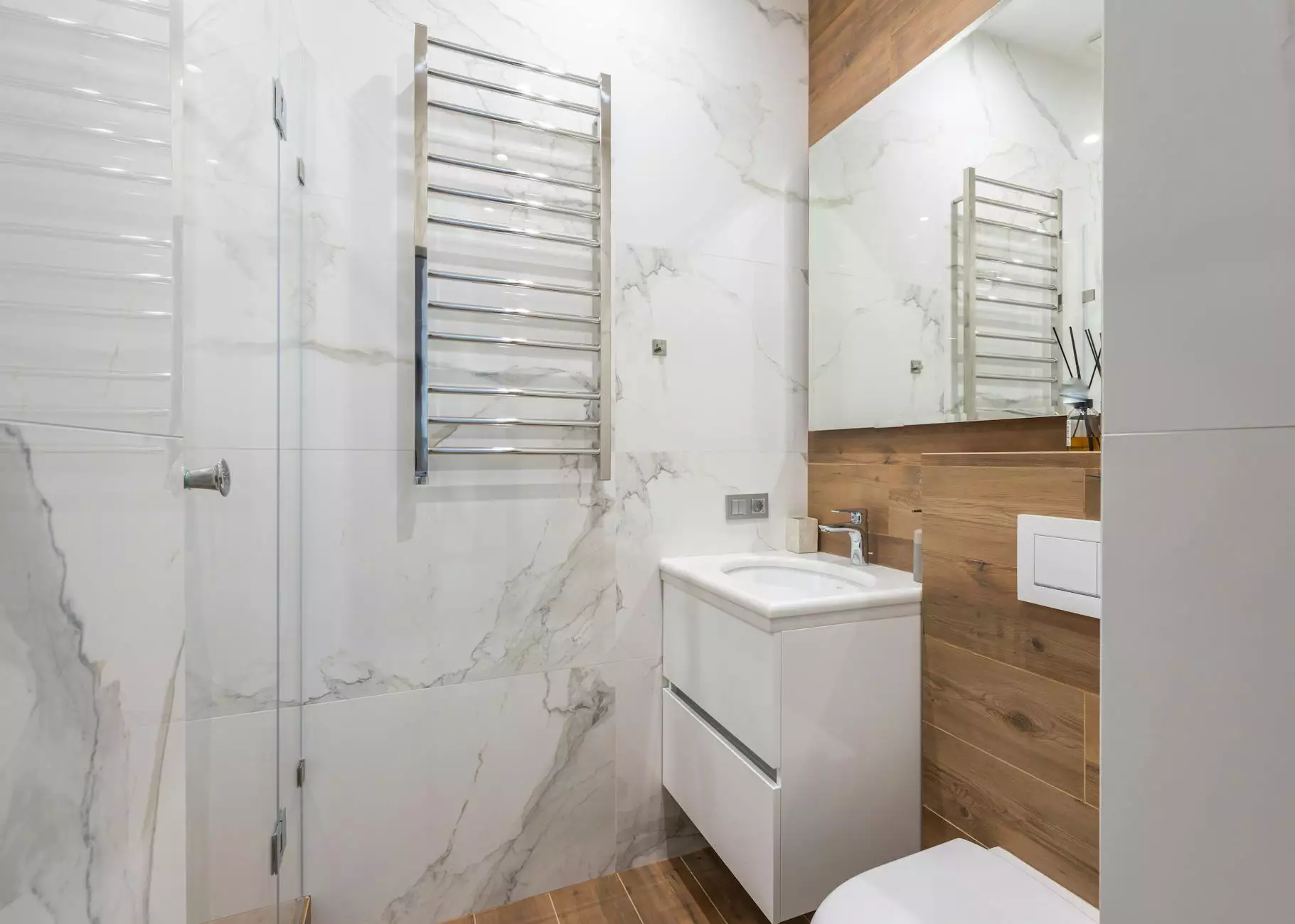How to Make Concrete Non Slip: Essential Guide for Safety and Durability

Concrete surfaces are widely used in both residential and commercial settings. Their strength and durability make them a popular choice for driveways, patios, walkways, and office spaces. However, these surfaces can become slick and dangerous when wet or greasy, posing a significant safety risk, particularly in high-traffic areas. Fortunately, knowing how to make concrete non slip can enhance safety and prevent accidents.
The Importance of Non Slip Concrete
Slip and fall accidents are one of the leading causes of injury in both public and private spaces. By making concrete non-slip, you not only protect individuals from potential harm but also reduce liability and promote a safe environment. Non-slip concrete surfaces are essential for:
- Homes: Ensuring the safety of family members, especially children and the elderly.
- Commercial Spaces: Protecting employees and customers, which is crucial for maintaining a good reputation.
- Outdoor Areas: Preventing slips in areas such as patios or driveways that can become wet from rain or snow.
Methods for Making Concrete Non Slip
There are several effective methods to enhance the slip-resistance of concrete surfaces. Here, we explore some of the most recommended techniques:
1. Concrete Texture Additives
One of the simplest ways to make concrete non-slip is to use textured additives mixed into the concrete before it sets. Common additives include:
- Sand: The most common and cost-effective option. Adding sand during the mixing stage creates an abrasive texture.
- Rubber particles: These can provide a softer, more comfortable surface, making it ideal for areas where people walk barefoot.
- Crushed glass: Aesthetic and effective, crushed glass can give your concrete a unique look while providing traction.
2. Surface Treatments
If your concrete is already set, applying a surface treatment can enhance its slip resistance:
- Anti-slip coatings: These clear or colored sealers create a textured surface that improves traction.
- Epoxy and polyurethane sealers: These can be particularly effective in industrial settings where significant traction is necessary.
3. Etching or Grooving
Another effective technique for making concrete non-slip involves physically altering the surface:
- Etching: Using acid etching or abrasive blasting can create a rougher finish that enhances grip.
- Grooving: Cutting grooves into the concrete surface creates channels for water drainage and increases traction.
4. Non-Slip Mats and Tapes
For temporary or specialized applications, non-slip mats and tapes can be used to increase surface friction:
- Non-slip mats: Ideal for areas where footing is crucial, such as near swimming pools.
- Anti-slip tapes: These are easy to apply and can be used in targeted areas where slips are common.
Choosing the Right Method for Your Needs
The method you choose to make concrete non-slip will depend on several factors:
- Location: Is it indoors or outdoors? High-traffic or low-traffic?
- Type of Concrete: Is it new or existing? What is the intended use?
- Budget: Some methods, like adding texture during pour, may be more cost-effective than surface treatments on existing concrete.
Benefits of Non-Slip Concrete
Investing in non-slip concrete not only enhances safety but also provides a range of benefits:
- Increased Safety: The most obvious benefit is the reduction in slip and fall accidents.
- Long-term Durability: Non-slip surfaces can prolong the lifespan of your concrete by preventing surface wear and cracking.
- Cost-Effectiveness: It may save money in the long run by reducing accidents and liability claims.
- Aesthetic Appeal: With the right finishes and textures, non-slip concrete can enhance the overall appearance of your space.
Maintenance of Non-Slip Concrete Surfaces
To ensure the longevity of your non-slip concrete surfaces, regular maintenance is crucial:
- Regular Cleaning: Keep the surface clean to prevent debris from building up, which can reduce friction.
- Reapplication of Treatments: Depending on the method used, you may need to periodically reapply coatings or sealers.
- Inspections: Regularly inspect the surfaces for any signs of wear or damage and address issues promptly.
Conclusion
Making concrete non-slip is an essential aspect of maintaining safety in any environment, be it a home, office, or commercial space. By understanding the various methods to enhance slip resistance and the benefits associated with them, you can make informed decisions that prioritize safety without compromising on aesthetics or durability. Whether you choose to add textured additives, apply surface treatments, or employ more innovative solutions such as non-slip mats, remember that incorporating these solutions is an investment in safety and protection.
For further assistance and expert advice on how to make concrete non slip, consider reaching out to specialists in the field such as those at ND Clean. Promoting a safe and secure environment is crucial, and understanding your options is the first step towards achieving that goal.









